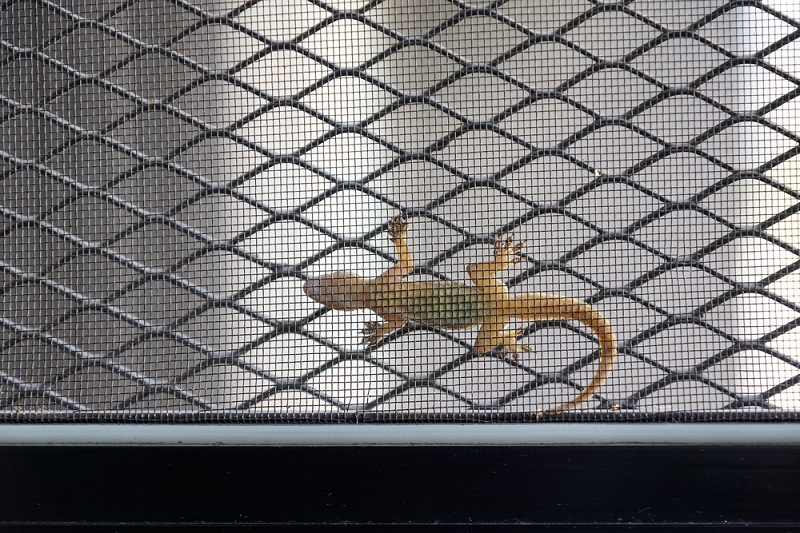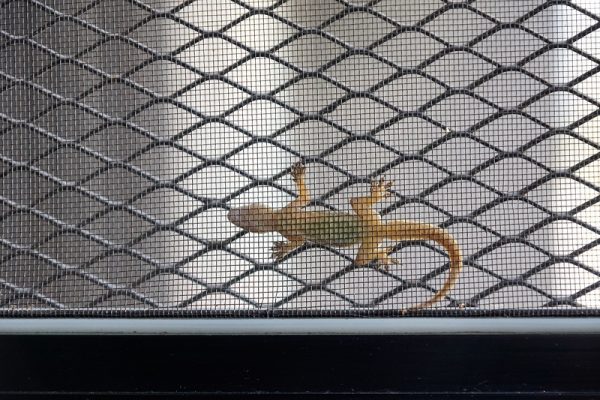Growing up, I found wall geckos utterly disgusting. Their eyes, their skin, and the fact that they were always around in the compound where I grew up, disgusted me. My brothers had fun watching them leave their tails behind when frightened (surely you know all about this!) but I couldn’t stand them.
I often wondered if they had any blood in their bodies, considering the way their skins looked. I wondered how long they carried their babies and how they delivered them. I wondered if there was nothing we could exterminate them with, as we did rats and mosquitoes.
Then one day we moved house, I stopped seeing them, and I stopped wondering.
If you have ever been curious about wall geckos, here are 12 facts about them:
1. The wall gecko is more properly called the common house gecko. It is also known as the house lizard or the Moon Lizard.
2. Their diet consists entirely of the small insects you often see them eating.
3. They have no eyelids, and they cannot blink, which explains that look I so dislike. They lick their eyes to clean them and keep them moist.
4. They are more active at night than during the day.
5. Like other reptiles, they do mate (although I’ve never seen them at it) and when fertilized, the female gecko lays eggs which she buries in a shallow hole she digs in warm, moist soil. They lay two eggs at a time. During pregnancy, their eggs can be seen through their translucent bellies… if you care to look.
6. They become sexually mature at 11 months old, so it’s not surprising there are so many of them. They produce a sound to attract a partner for mating, and their courtship is very brief. A gecko born in January can be pregnant by December.
7. They don’t raise their young. When the eggs hatch 50 to 65 days after laying, the babies come out and wander off on their own without parenting; independent from day one.
8. Wall geckos have a remarkable lifespan for a species so tiny. They live for about five years.
9. Onions and garlic cloves can be used to repel wall geckos. Glue traps can also catch them.
10. The wall gecko throws off its tail when frightened, and grows another one later. This is called caudal autotomy. Nature’s intention in this is to catch the attention of the supposed attacker, as the tail which continues to wiggle distracts them long enough for the gecko to escape.
11. Geckos are typically not biters, but they can bite when they feel attacked or distressed. In any case, their bite is too gentle to pierce the skin or cause harm, poor things.
12. Some people keep geckos as pets. I have no comment.


